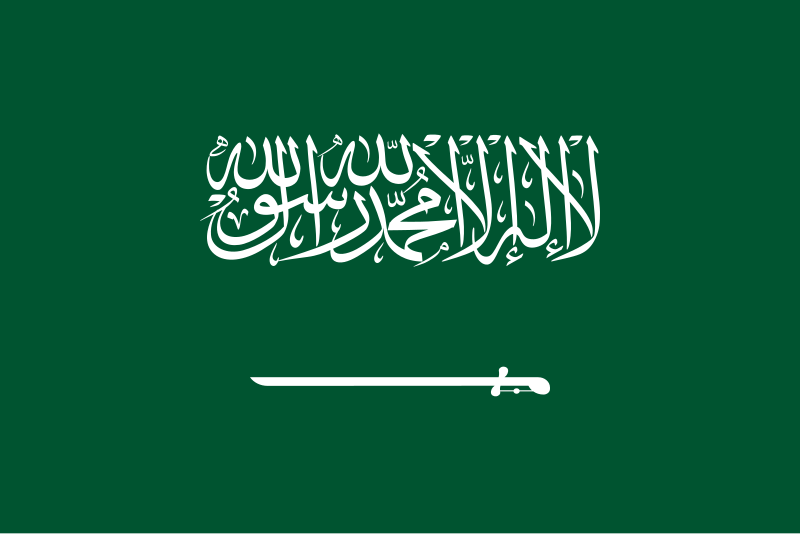
Saudi Arabia has unveiled an ambitious initiative aimed at enhancing global capabilities in forecasting and mitigating the effects of sand and dust storms. The program, introduced during the 16th session of the United Nations Convention to Combat Desertification (COP16) in Riyadh, underscores the Kingdom’s growing commitment to environmental resilience and its efforts to combat the detrimental effects of desertification on health, infrastructure, and ecosystems.
This initiative is anchored in the establishment of an advanced regional center for monitoring and early warning of sand and dust storms. The center will integrate sophisticated meteorological models, satellite data, and artificial intelligence to deliver precise forecasts. Its primary objective is to assist over 80 nations, particularly those in the Middle East, North Africa, and South Asia, which face heightened vulnerability due to arid climates and expansive deserts.
Saudi Arabia’s announcement coincides with its broader environmental agenda, which includes the Riyadh Global Drought Resilience Partnership. This multi-faceted framework aims to address the escalating challenges posed by desertification and drought, emphasizing capacity-building programs, international collaboration, and the deployment of cutting-edge technology.
Crown Prince Mohammed bin Salman emphasized the necessity of collective global action during the COP16 forum, reiterating that the impacts of sand and dust storms transcend national borders. Experts note that these storms annually disrupt millions of lives, reduce agricultural productivity, and exacerbate respiratory illnesses. With climate change intensifying these phenomena, the Kingdom’s initiative marks a critical step toward addressing the region’s environmental vulnerabilities.
The newly established center will also prioritize research, focusing on developing advanced mitigation techniques. These include potential solutions for minimizing storm-induced disruptions to transportation and energy networks, as well as strategies for stabilizing arid landscapes. Additionally, training programs will be launched to equip local governments and organizations with the tools needed for effective crisis management.
Environmental analysts have welcomed the initiative, highlighting its potential to serve as a global model for transnational environmental cooperation. The program is also expected to align with Saudi Arabia’s Vision 2030, which aims to diversify its economy and promote sustainable practices while reducing its dependence on oil revenues. The initiative reinforces the Kingdom’s commitment to achieving its environmental goals, including reforestation efforts and the reduction of land degradation.
This proactive approach has garnered praise from international observers. It complements global efforts such as the UN’s Global Sand and Dust Storm Warning System, which aims to foster international knowledge-sharing and enhance preparedness against these natural disasters. Furthermore, Saudi Arabia’s investment in satellite technology and partnerships with academic institutions has the potential to significantly improve the accuracy of storm predictions, benefiting vulnerable populations worldwide.
The implications of this initiative extend beyond environmental protection. Economists have pointed out that sand and dust storms significantly impact regional economies by disrupting supply chains, delaying construction projects, and increasing healthcare costs. By addressing these challenges, Saudi Arabia is not only contributing to global sustainability but also enhancing its economic stability and international standing.




